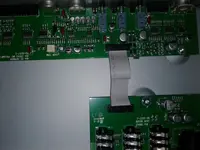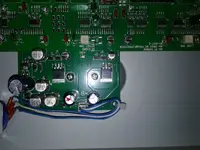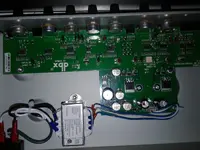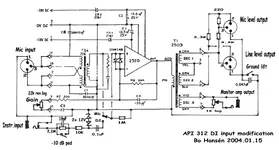D
drtechno
Active member
Well I'm decided to bail on it guys. The big strikeout for me is that this is a two stage mic preamp. the gain control is on the second stage with a four transistor comparator/Impedance buffer which wouldn't make the best. Second, there is no trim resistors on the power supply, so I would have to sit there and change out regulators. Btw the + rail is .8V off from the - rail and that is why it has so much common mode noise without even a mic connected! I could modify the input board to install a transformer, but its just not worth the trouble.
If the power supply wasn't so off, I would go ahead and remove the surface mount transistor stage. But since I don't want to correct a brand new one (nor I should have to) , I'm sending this one back....
If the power supply wasn't so off, I would go ahead and remove the surface mount transistor stage. But since I don't want to correct a brand new one (nor I should have to) , I'm sending this one back....






 .
.
